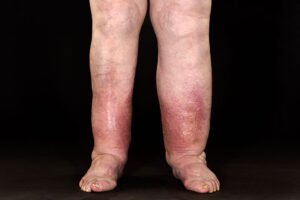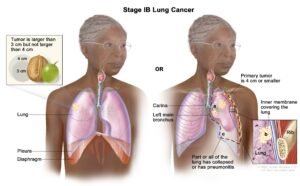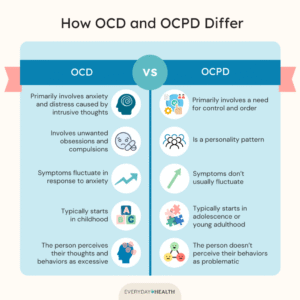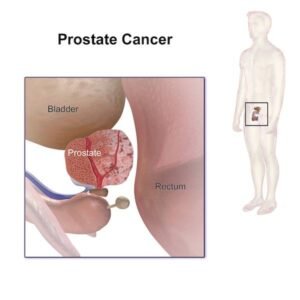Olympic Athletes Peak at This Age, According to a Recent Study

Olympic Athletes Reach Their Peak Performance at This Age, According to Recent Study
Key Takeaways
-
A recent study revealed that most Olympic athletes peak at the age of 27, with only a 44% chance of maintaining peak performance beyond this age.
-
Factors such as the type of sport, nationality, gender, and the specific Olympic year can influence an athlete’s peak performance age.
-
Maintaining a balance of strength, flexibility, and endurance is essential to staying healthy and competitive in your 30s and beyond.
Why 27 Is the Magic Number for Olympic Athletes
As elite athletes like Noah Lyles, Katie Ledecky, and Simone Biles compete in the Paris Olympics, they might be reaching the peak of their careers—especially at 27 years old. This age marks the prime performance window for many Olympic athletes, according to researchers from the University of Waterloo in Canada. The study, published in the journal Importance, found that athletes, particularly in track and field, tend to reach their peak at just under 27.
The Study’s Findings: Peak Performance at 27
Researchers analyzed a vast dataset of performance records from athletes who have competed in the Olympics since the 1996 Atlanta Games. The study confirmed that 27 is the median age at which Olympic athletes achieve their peak performance. David Awosoga, the study’s lead author and a data science student at the University of Waterloo, highlighted that there is only a 44% chance of an athlete peaking after 27, and the likelihood of achieving top performance decreases each year beyond that.
Why Do Athletes Peak at 27?
Different sports demand varying physical abilities, which can explain why peak performance age varies. Shorter, high-intensity events, like sprints, require explosive power, which tends to diminish with age. In contrast, longer endurance events, such as marathons or long-distance swimming, require sustained stamina, which can remain higher for longer.
Matthew Chow, a co-author of the study and an undergraduate economics student, noted that changes in cardiovascular function, muscle mass, and joint health can contribute to a decline in performance after age 27. While this is true for track and field athletes, it doesn’t apply universally across all sports. Accuracy-based sports, such as shooting or archery, tend to have a higher peak age because they rely less on physical exertion and more on skill and precision.
The Body’s Transition After Peak Performance
As we age, the body shifts its focus from growth and reproduction to maintenance and repair. Dr. Justin Mullner, a sports medicine expert at the Orlando Health Jewett Orthopedic Institute, explained that in your late 20s, changes like a decrease in testosterone levels, slower cellular turnover, and longer recovery times begin to affect athletic performance. These degenerative changes are particularly noticeable around age 27, signaling the end of an athlete’s peak physical capabilities.
Factors Influencing Peak Performance Age
Several factors contribute to the age at which an athlete reaches their peak. These include:
-
Sport Type: The demands of different sports on the body can affect when athletes peak. Sports requiring speed and strength, like soccer or sprinting, often have a peak age between 25 and 27, while endurance events in sports like swimming or long-distance running may allow athletes to peak at older ages.
-
Training Age: The number of years an athlete has been training at an elite level, known as training age, can also impact peak performance. Athletes with more experience often peak later in their careers, having refined their skills over time.
-
Gender Differences: Generally, male athletes tend to peak slightly later than female athletes due to differences in physical development, including muscle mass, bone density, and hormonal fluctuations.
-
National and Geographic Factors: The level of competition within an athlete’s country and their environmental factors, like nutrition and altitude, can also affect when an athlete reaches their peak. In countries with intense competition, younger athletes often peak earlier, while in less competitive countries, athletes might peak later.
Can Athletes Extend Their Peak Years?
While age-related declines are inevitable, some athletes manage to perform at a high level well into their 30s by focusing on a balanced approach to training that emphasizes longevity. Proper nutrition, cross-training, and injury prevention are crucial for extending peak years. For example, activities like swimming, cycling, or yoga, which improve flexibility and endurance, can help athletes stay fit for longer.
Sports that Promote Long-Term Health and Fitness
Some sports are particularly well-suited for maintaining physical activity and health over a lifetime. These include:
-
Golf: A low-impact sport that relies more on mental focus and precision than raw physical power, golf can be enjoyed at various ages and skill levels, promoting long-term health.
-
Equestrian: Experience and strategy play a significant role in equestrian sports, allowing athletes to continue competing as they age.
Conclusion: Embracing Active Living Beyond Peak Athletic Performance
As athletes age, their focus often shifts from peak performance to maintaining a healthy and active lifestyle. Engaging in sports that promote overall fitness, such as walking, swimming, or cycling, can help individuals stay active well into their later years. The key is to find activities that are enjoyable and sustainable, ensuring that physical health is prioritized regardless of the competitive edge.
Frequently Asked Questions
-
Is the Seine Fresh Enough for Swimming?
(Answer coming soon.) -
Why Is 27 the Peak Age?
(Answer coming soon.) -
Which Exercise Is Easier—Indoor or Outdoor?
(Answer coming soon.) -
Which Sports Are Best for Longevity?
(Answer coming soon.)
Expert Tips
-
Always include seasonal variations in your workouts to keep things interesting.
-
Focus on exercises that you enjoy to encourage consistency and long-term commitment.
-
Tailor your workouts to match your body’s needs as you age, emphasizing recovery and flexibility.
Key Takeaways
-
Aim for a variety of exercises to keep your fitness routine fresh and enjoyable.
-
Listen to your body and adjust your training based on your goals and physical condition.
Join Our Community
Want more tips and insights? Subscribe to our newsletter for regular updates on staying fit, healthy, and active at any age!












